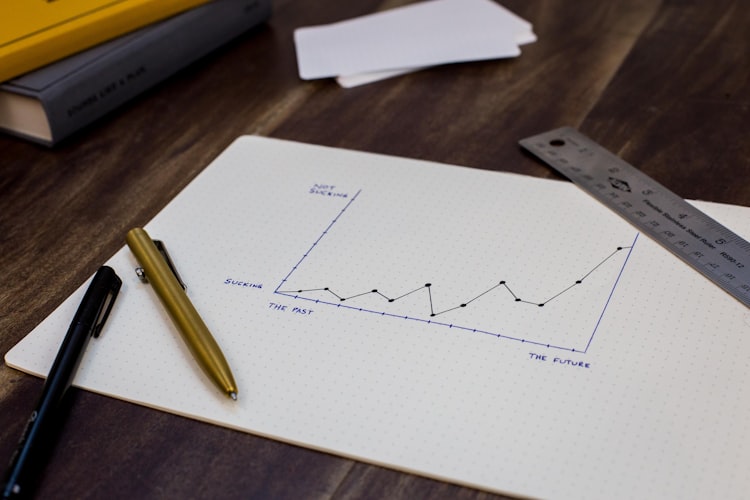
Four Tips for Improving Employee Morale
It’s no secret that the past year has been fairly stressful for most of us. And with all of the uncertainty about the future, the need for good employee morale is higher than ever. With boosted morale also comes increased productivity, greater job satisfaction, and better workplace culture.
However, many employers tend to balk at the idea of trying to find ways to improve morale. After all, if you’ve invested in thorough DBS/employee background checks during the recruitment process, you should expect your hires to be a perfect fit. Isn’t the goal at the end of the day to secure a paycheck and nothing more? Fortunately, improving your staff’s morale doesn’t have to be an arduous undertaking. By implementing these four simple tips, you can improve your staff’s morale — without breaking the bank or falling short on your goals!
Prune Out the “Bad” Employees
This may seem counterintuitive, but hear us out. Yes, firing staff may seem like the absolute opposite of improving your team’s morale. Won’t the rest of the staff start to wonder if they’re next to go on the chopping block? No, and in fact, the opposite is true! Firing specific types of staff can actually be incredibly beneficial to your team.
The old saying about it taking only one bad apple to ruin a batch isn’t that far from the truth, especially when it comes to an already strained workplace environment. Indeed, the so-called “bad” employees can be one of the worst things for your company’s culture. By removing the toxic ones (such as the ones who don’t do their share or spread spiteful gossip), you can lift a burden off of the rest of the team’s back.
Ask for Feedback (And Actually Listen, Too)
One thing that many employers tend to overlook when trying to create a positive work environment is how their staff feel about working there. Fortunately, learning more about your team’s thoughts and feelings is easier than you’d think; all you need to do is simply ask them.
Yes, some may be a little bit hesitant to share their thoughts with you, but their candor can pay off in dividends if you actually take note and implement their suggestions. From suggestions on how to streamline workplace productivity to ideas on how to better manage lunch breaks, your employees are ready to share their thoughts with you… as long, of course, as you are willing to listen.
Implement a Mental Health Program
Statistics reveal that mental health problems, such as depression and anxiety, are on the rise. Unfortunately, many people who struggle with mental health issues tend to fall through the cracks, not getting the much-needed treatment they require to maintain good mental health.
As an employer, taking measures to help address these prevalent mental health issues can be one of the most compassionate and effective ways you can improve your team’s morale. Even better, many mental health facilities (such as SBtreatment.com, an outpatient behavioral health treatment program based in Southern California cities) are now offering remote telehealth treatment, ensuring everyone can get the care they need.
Recognize Your Team’s Hard Work
It’s far too easy to get caught up in the pressure of meeting deadlines and milestones and forgetting the effort that got you there in the first place. Your employees are your bread and butter, and they help keep your business running smoothly. Taking the time to single out especially hardworking staff, or even recognizing their collective efforts as a team, can be an amazing gift you can give them.
There are a number of ways you can show them that you appreciate them, too. While raises and increased vacation time are always well-received, you can also find other ways to do it. For example, an office party can be both fun and inspiring. Also, don’t underestimate the power of a kind word. Merely saying, “You did great, and I appreciate you,” can speak volumes to your employees and help them to feel valued.
A Happy Team is a Happy Employer
Ultimately, your goal as an employer is to improve your bottom line and be successful in your chosen industry. Sometimes you may wonder if your employees are doing their part to help you attain these goals, and it’s quite normal to ask these questions. However, you shouldn’t dwell exclusively on what your employees are doing for you. You also need to be mindful of what you’re doing for them in return, as well.
As their boss, your staff tends to turn to you for guidance. For all of their hard work, it’s only fair to find ways to compensate them for it. By introducing these four tips, you can help make sure your staff are both content and helping you achieve the success you deserve. And in doing so, you can help ensure your long-term success, too!







